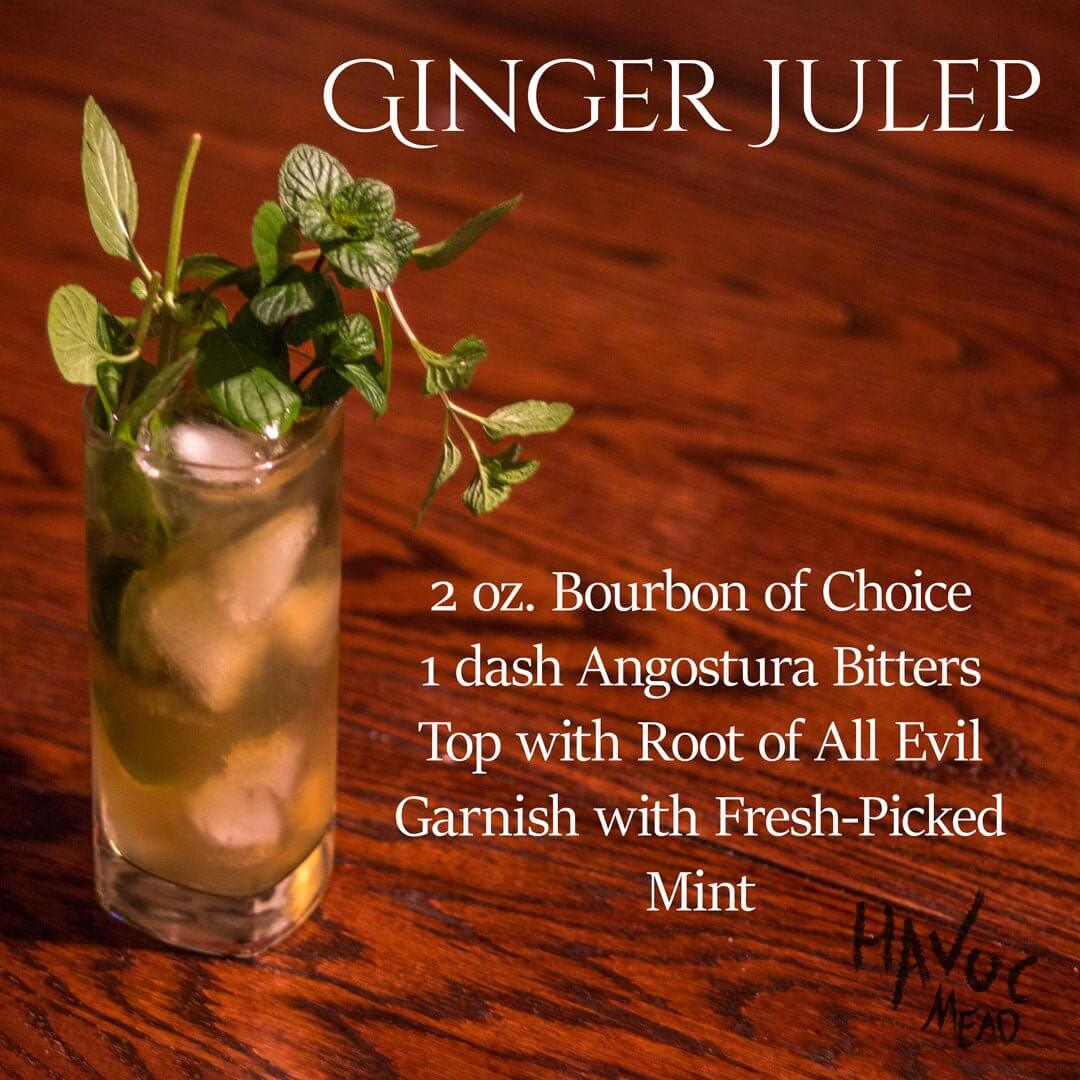Great. That part is easy. Now there are 8,000 cans of mead sitting at the Mead Hall. What happens next is the tricky part.
You see, our single most common phone call at the Mead Hall (other than telemarketers) is people telling us that they’ve visited their favorite store or bar and there’s no mead!
With all those cans at the Mead Hall, how does it actually get to you?
Most craft brewers use a distributor, even if they’re allowed to self-distribute. [1] In Vermont, we work with Farrell Distributing, and they’re amazing. They run an incredibly complicated system of buyers, sales reps, managers, drivers, and those are just the people we see on a weekly basis.
It’s incredible to realize that this team (no matter how large it is) represents literally thousands of products. Seriously, go check out their products page.
So, here’s the quick version of how our mead gets into your favorite bar or store:
1) Farrell makes a prediction about future sales and tries to stock the right amount.
2) Sales reps from both Farrell and Groennfell visit stores and bars around the state telling them about our products.
3) If customers have mentioned mead or asked for it, the account is much, much more likely to pick us up.
4) A manager at the store orders the mead through their Farrell representative.
5) The order goes to Farrell’s warehouse where they put our mead on a truck with hundreds of beers and wines.
6) The manager has to find a place in the bar or on the shelf to display our mead.
7) At last, ideally, someone goes in there to buy and enjoy it.
So, what are you waiting for? Call your local store or bar and ask for mead!
[1] In most states, it is legal for alcohol manufacturers to distribute their own product, if it is brewed within the state and the manufacturer takes on the burden of two tiers of the distribution system. In fact, many breweries that distribute their own product do so by starting a distributing company which they sell their product to, and having that separate company do the distribution to stores and bars.





